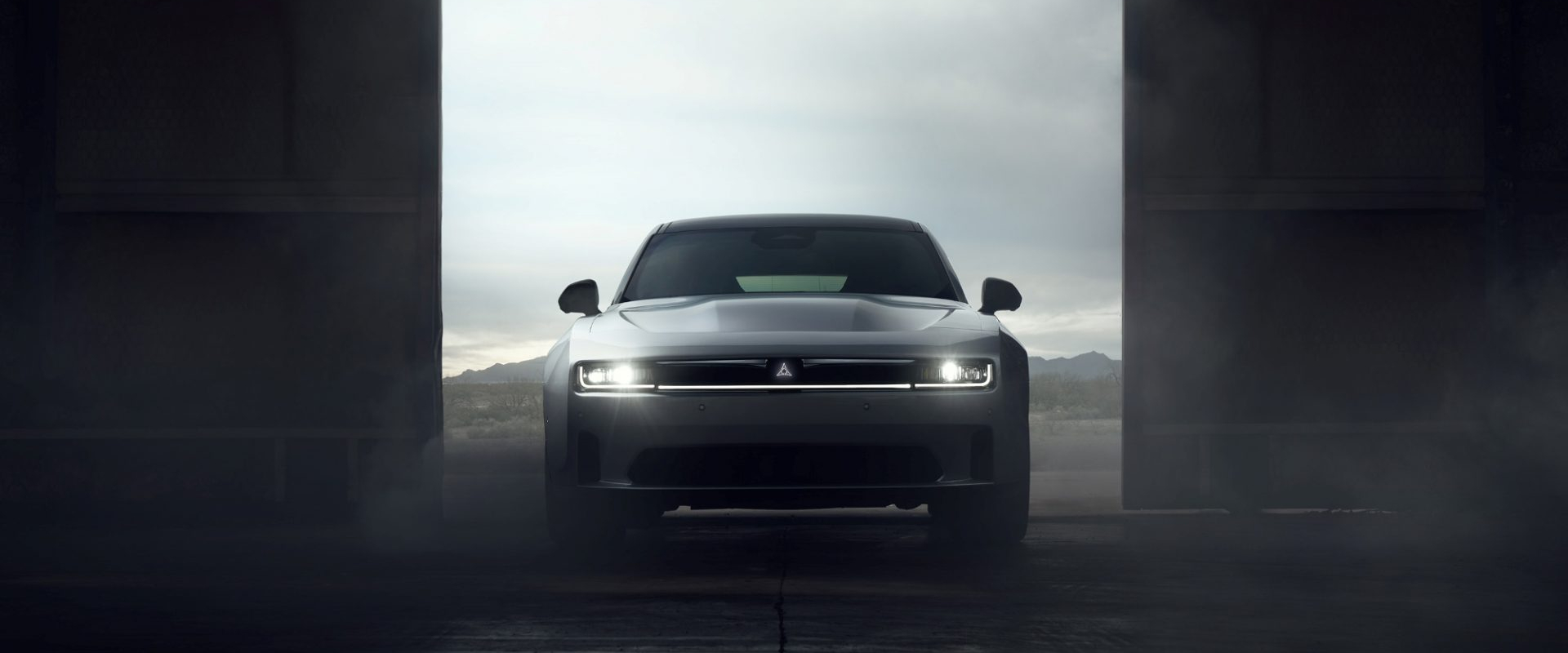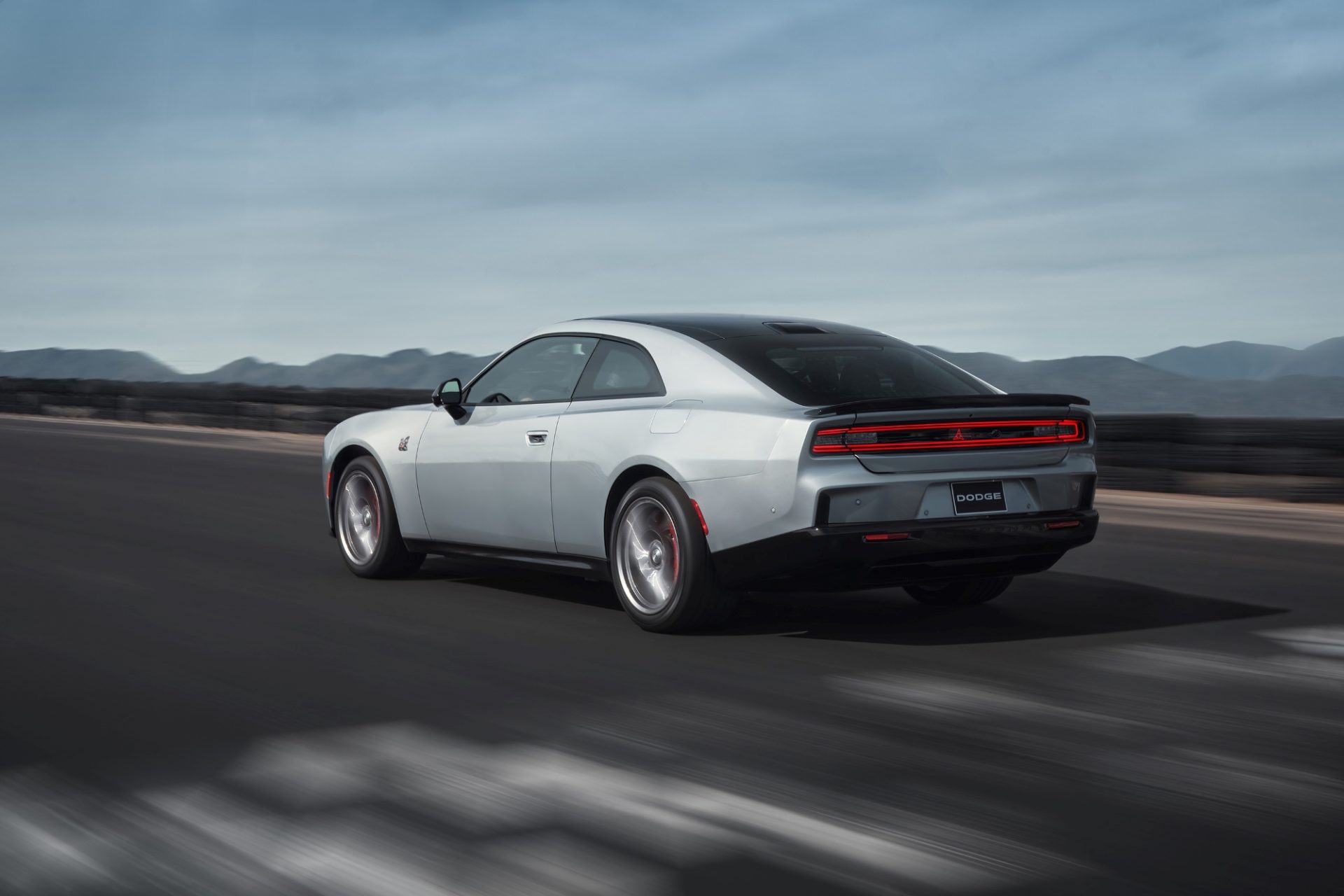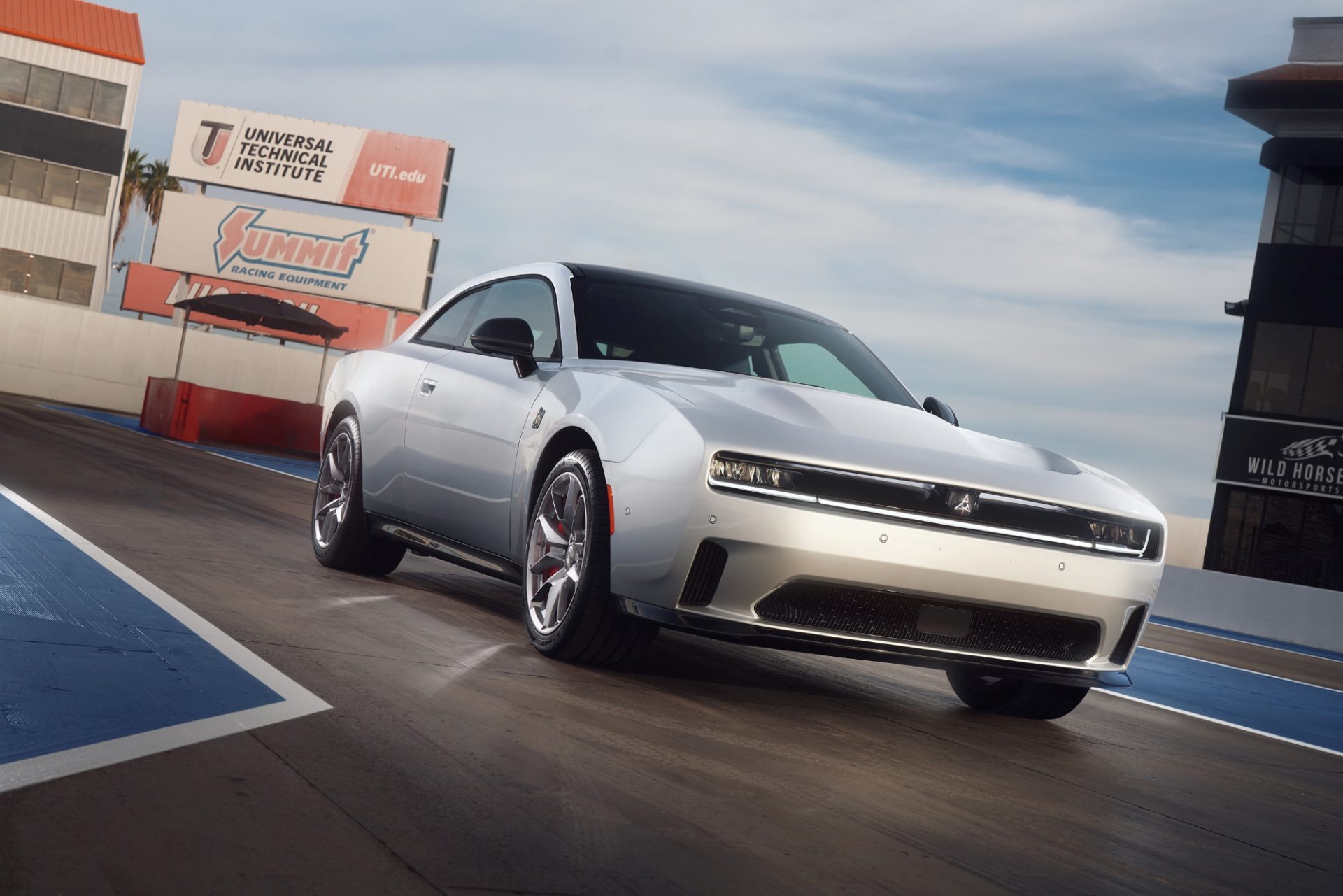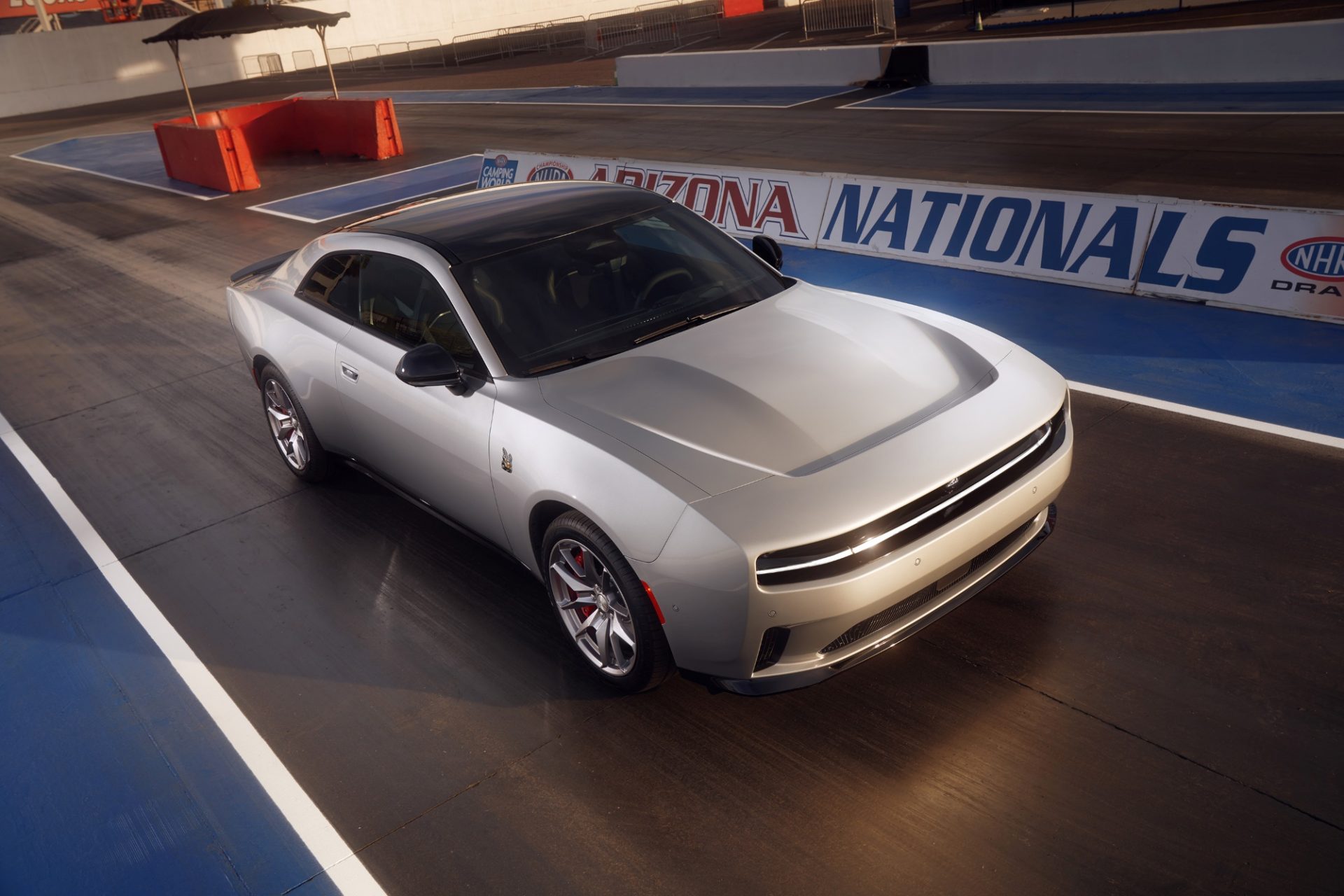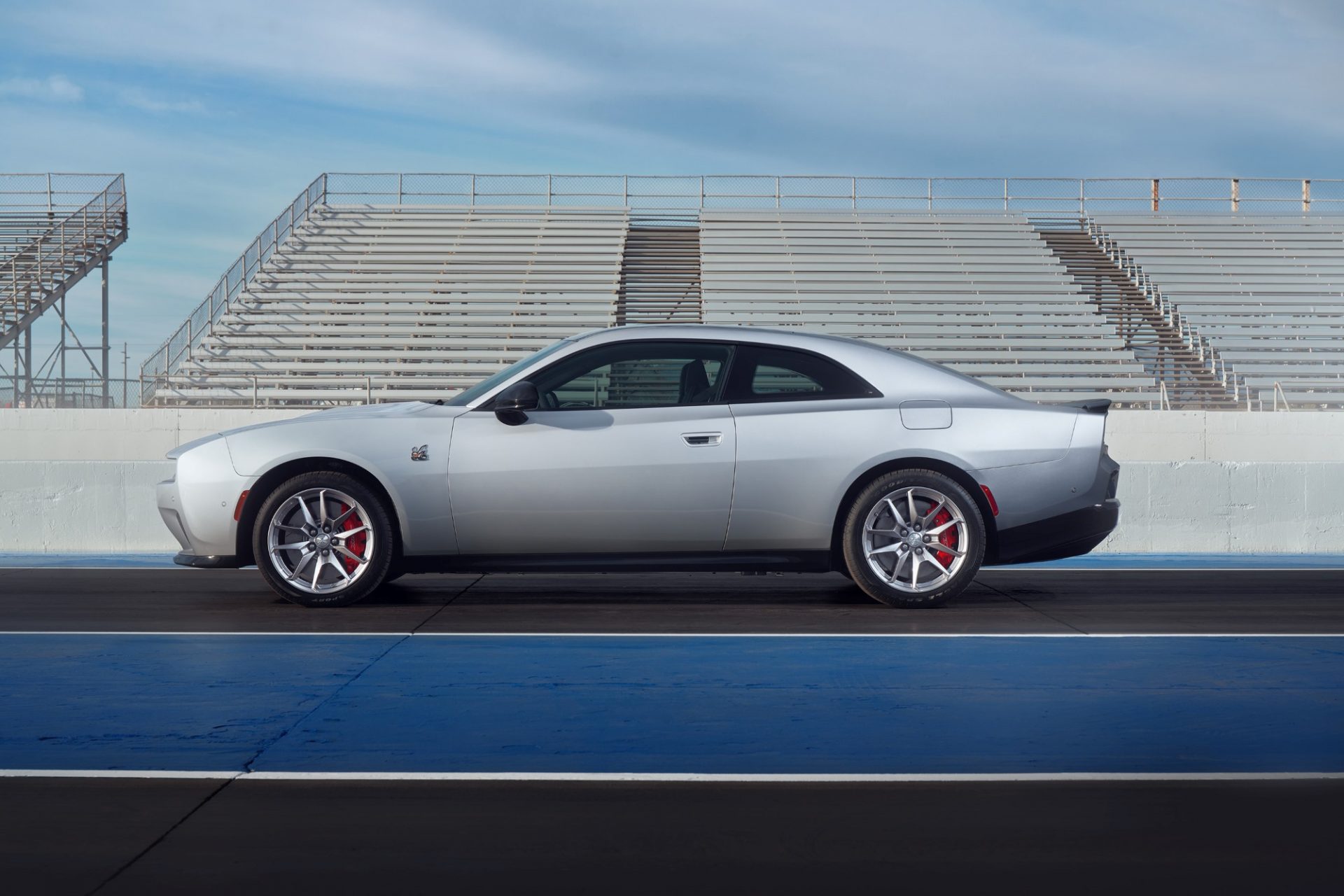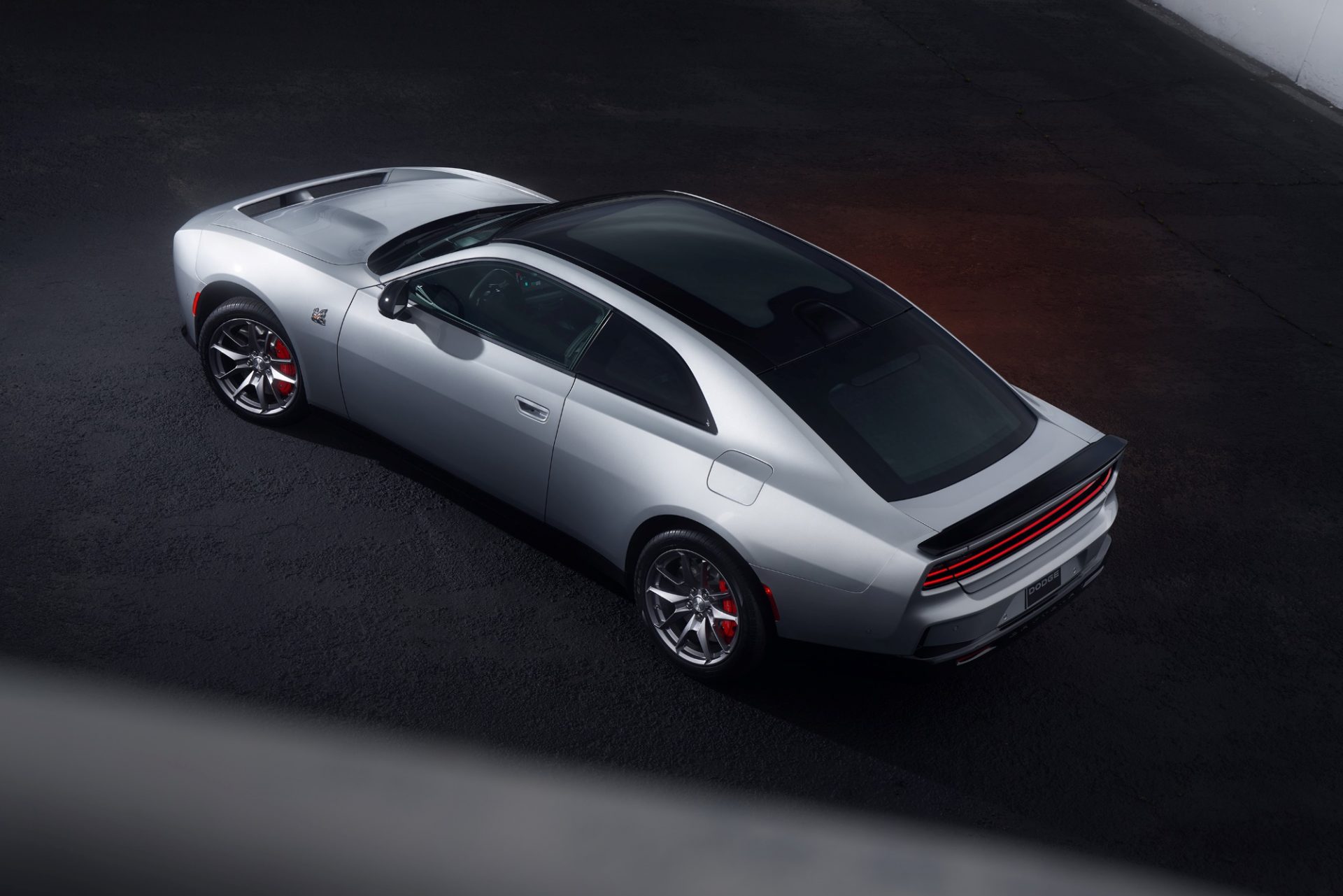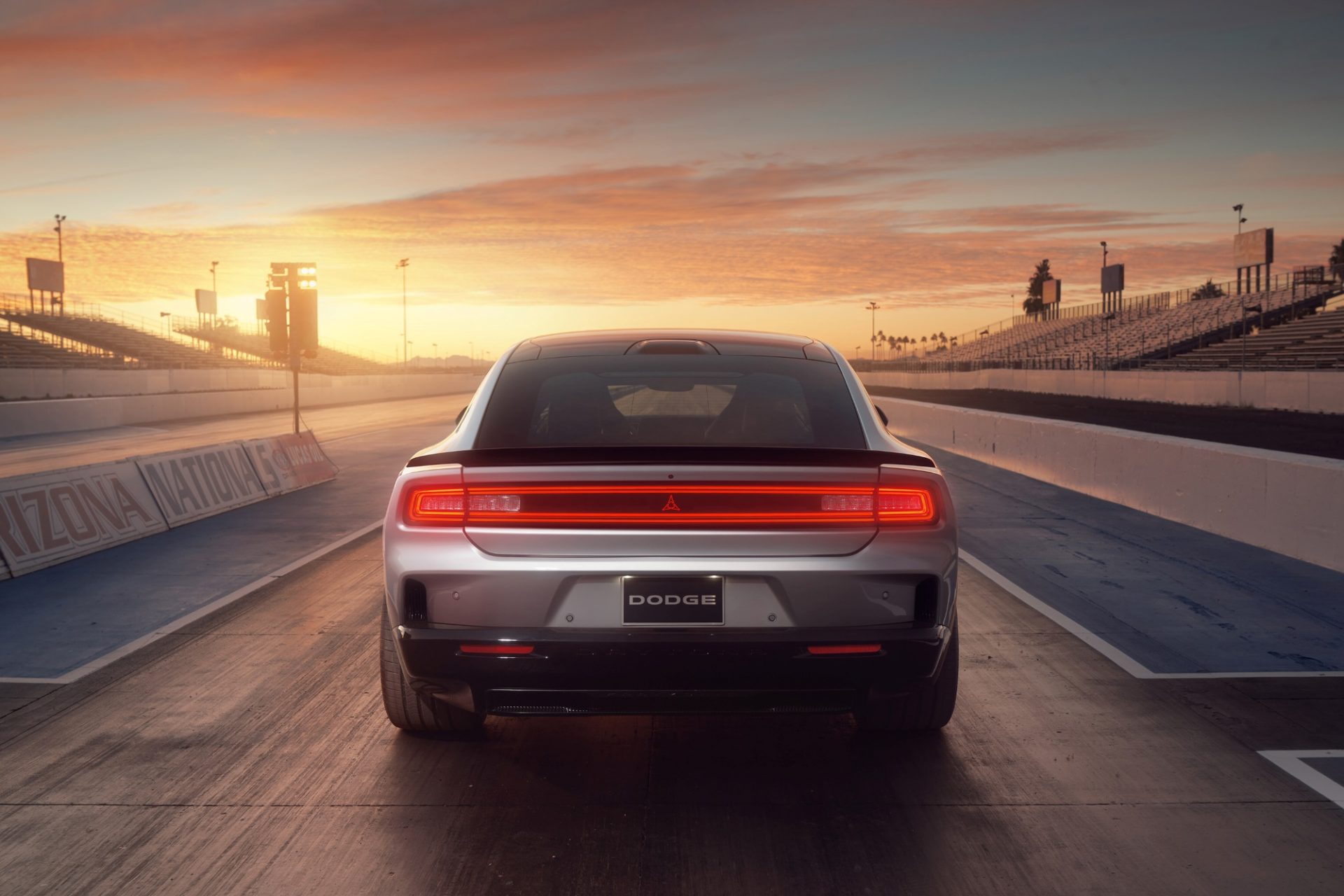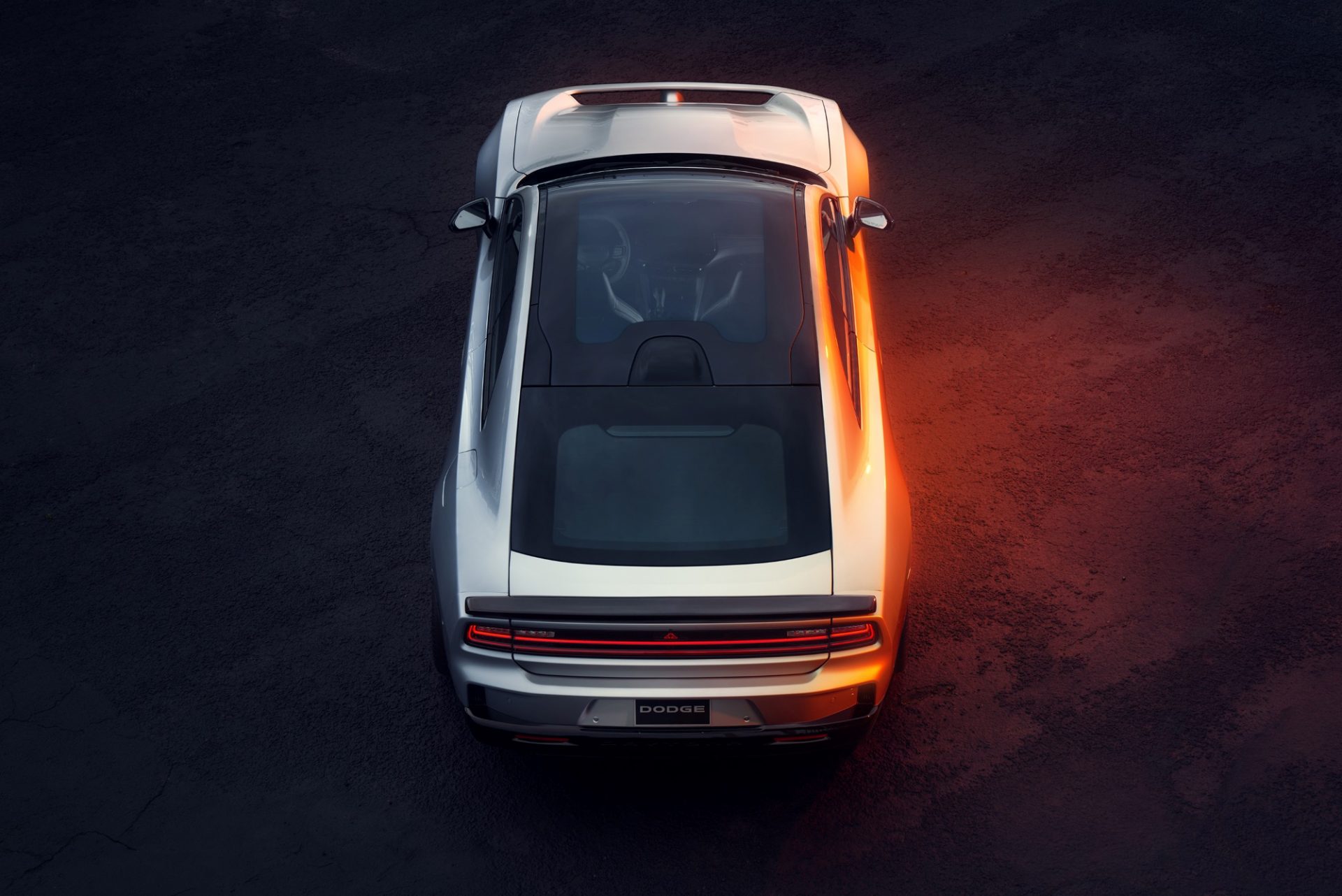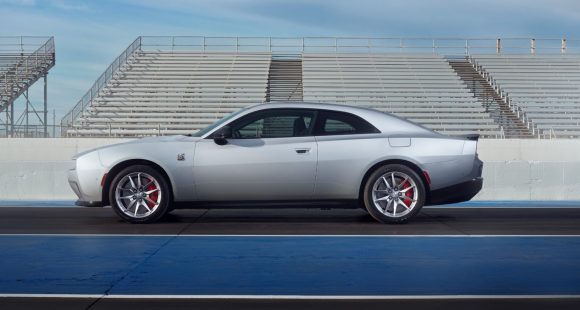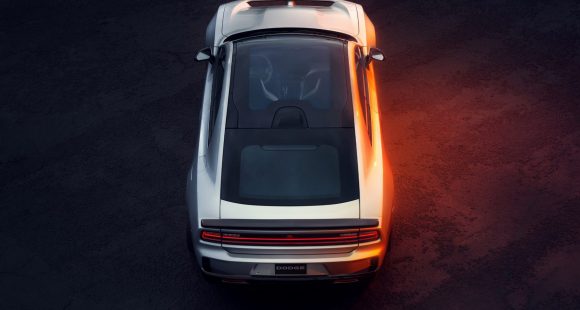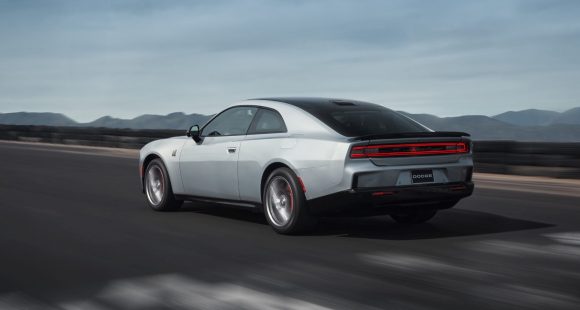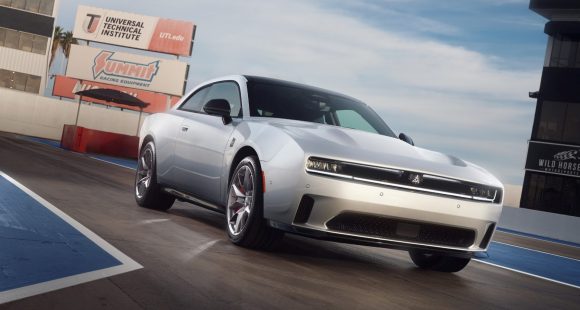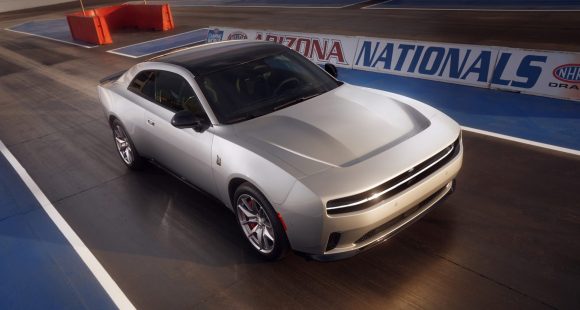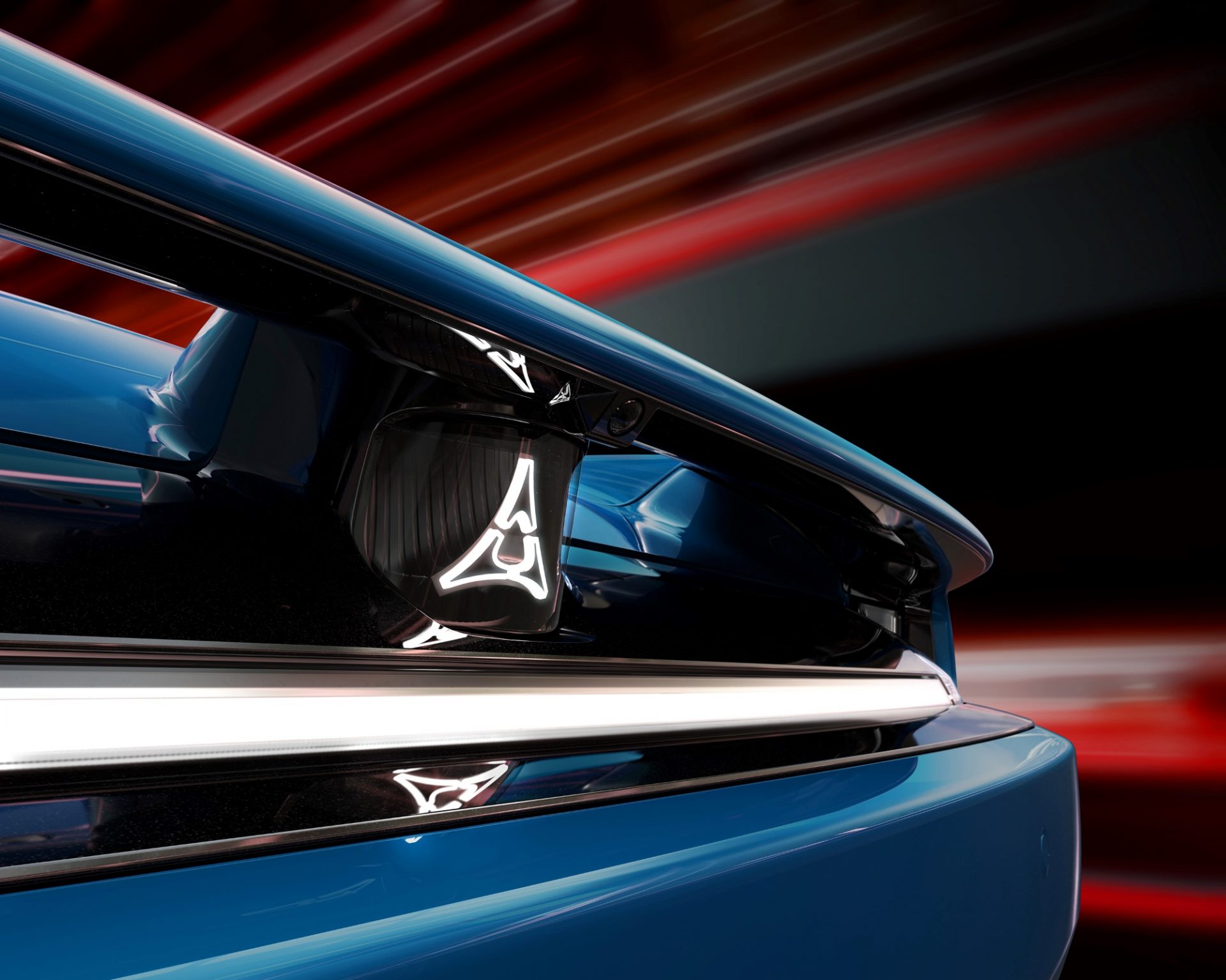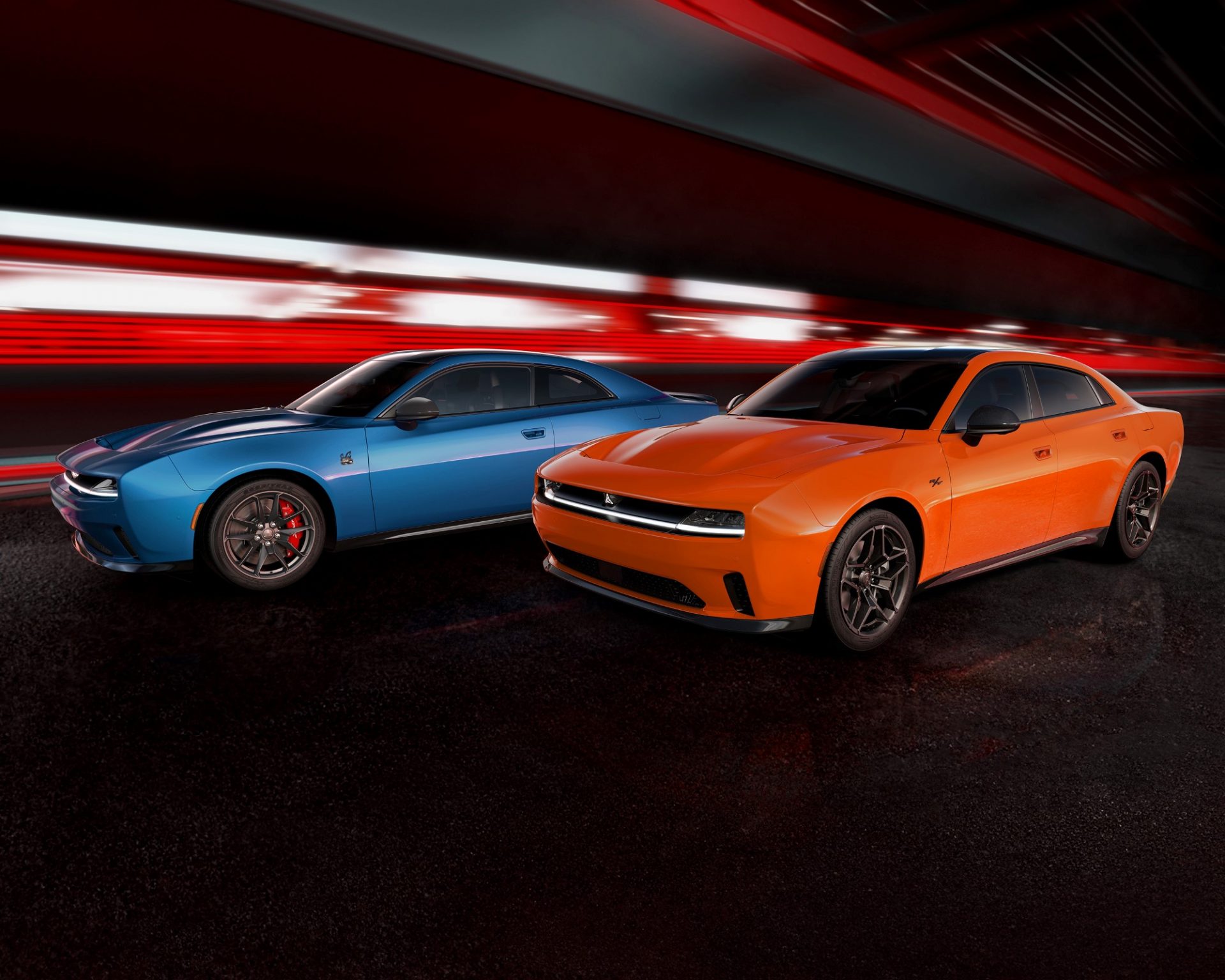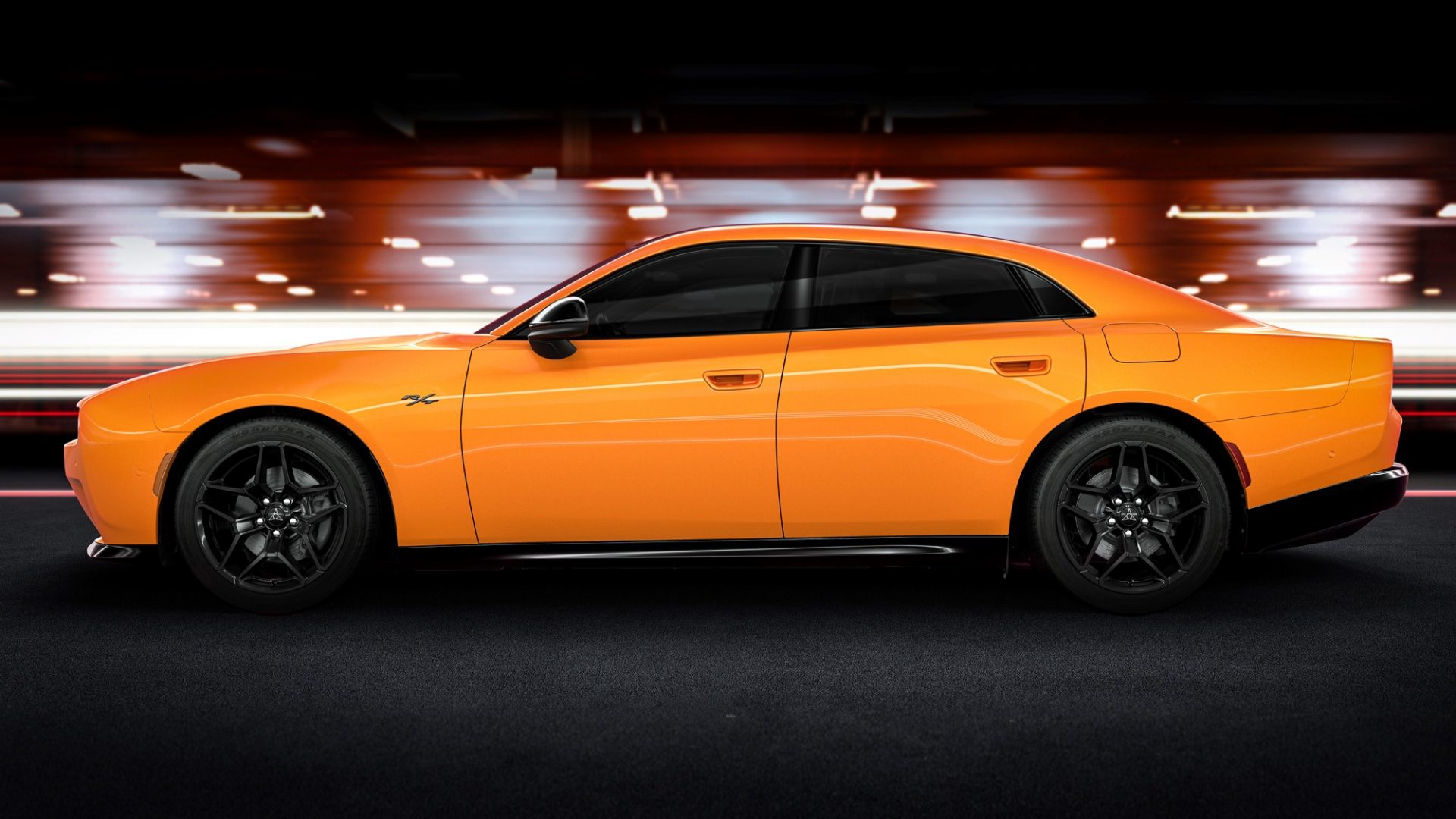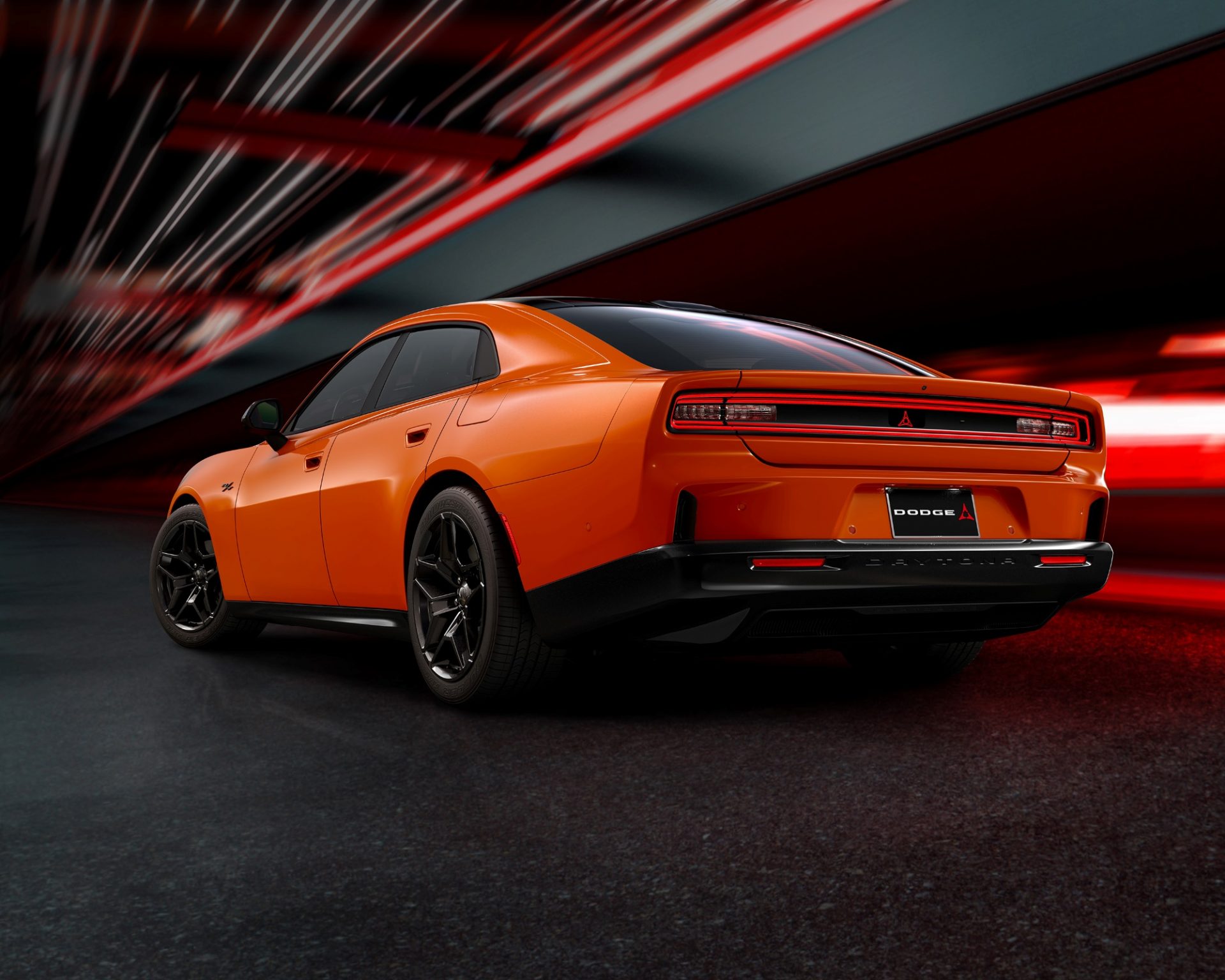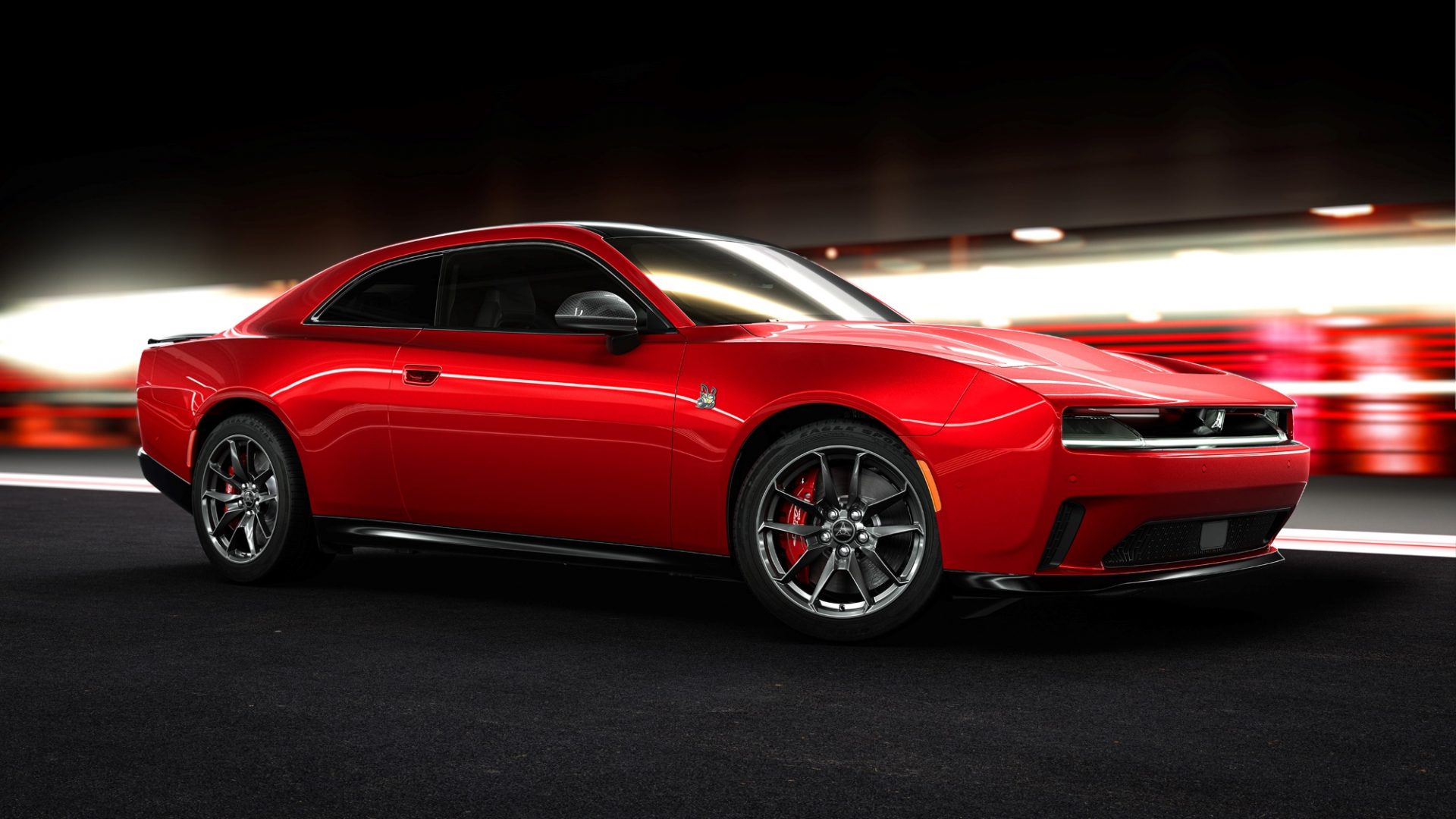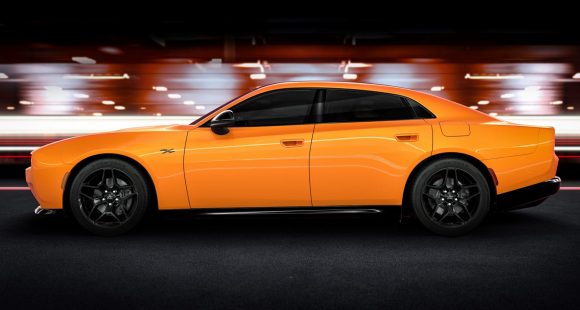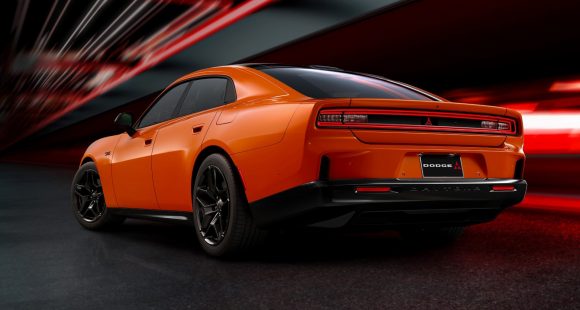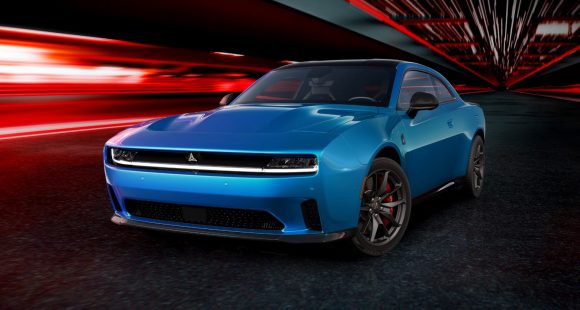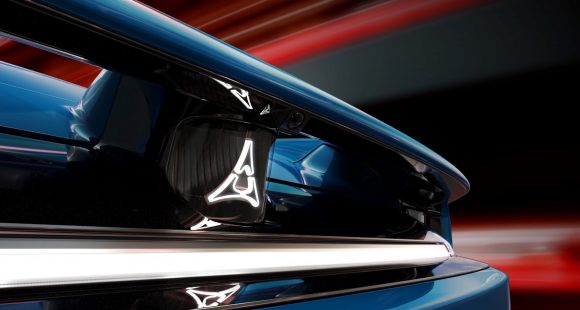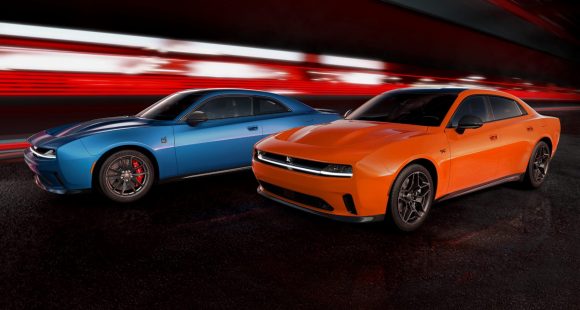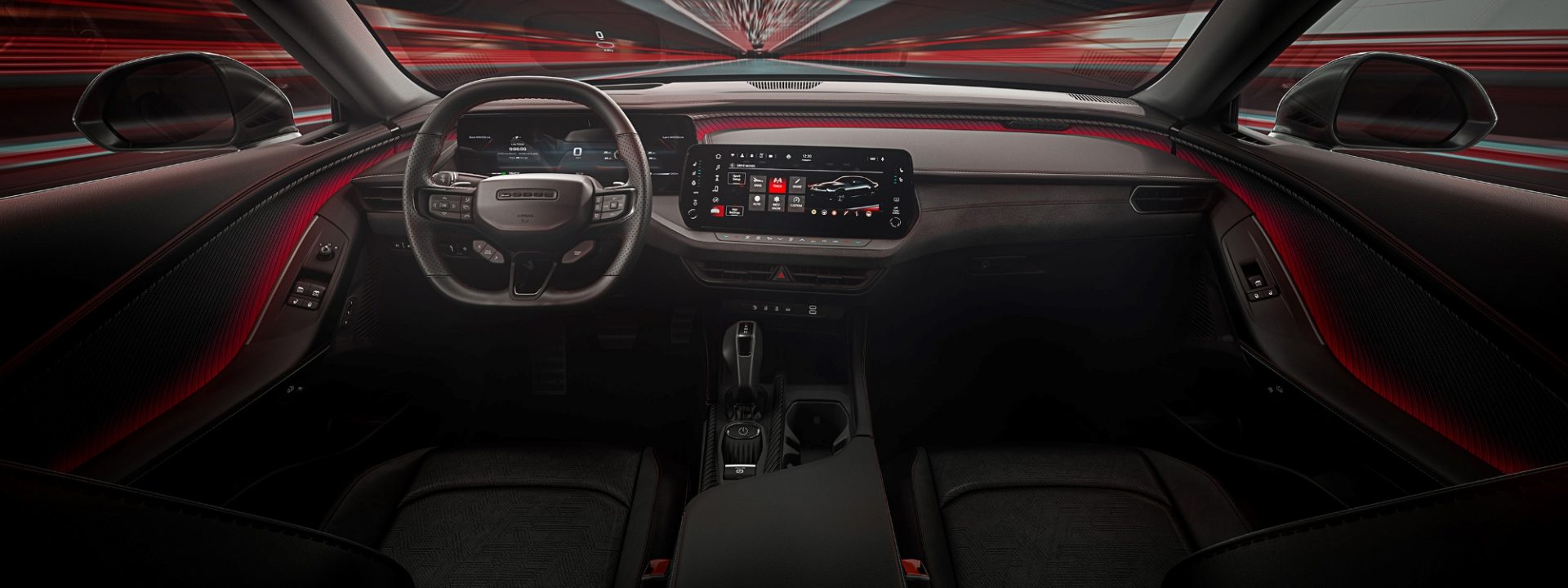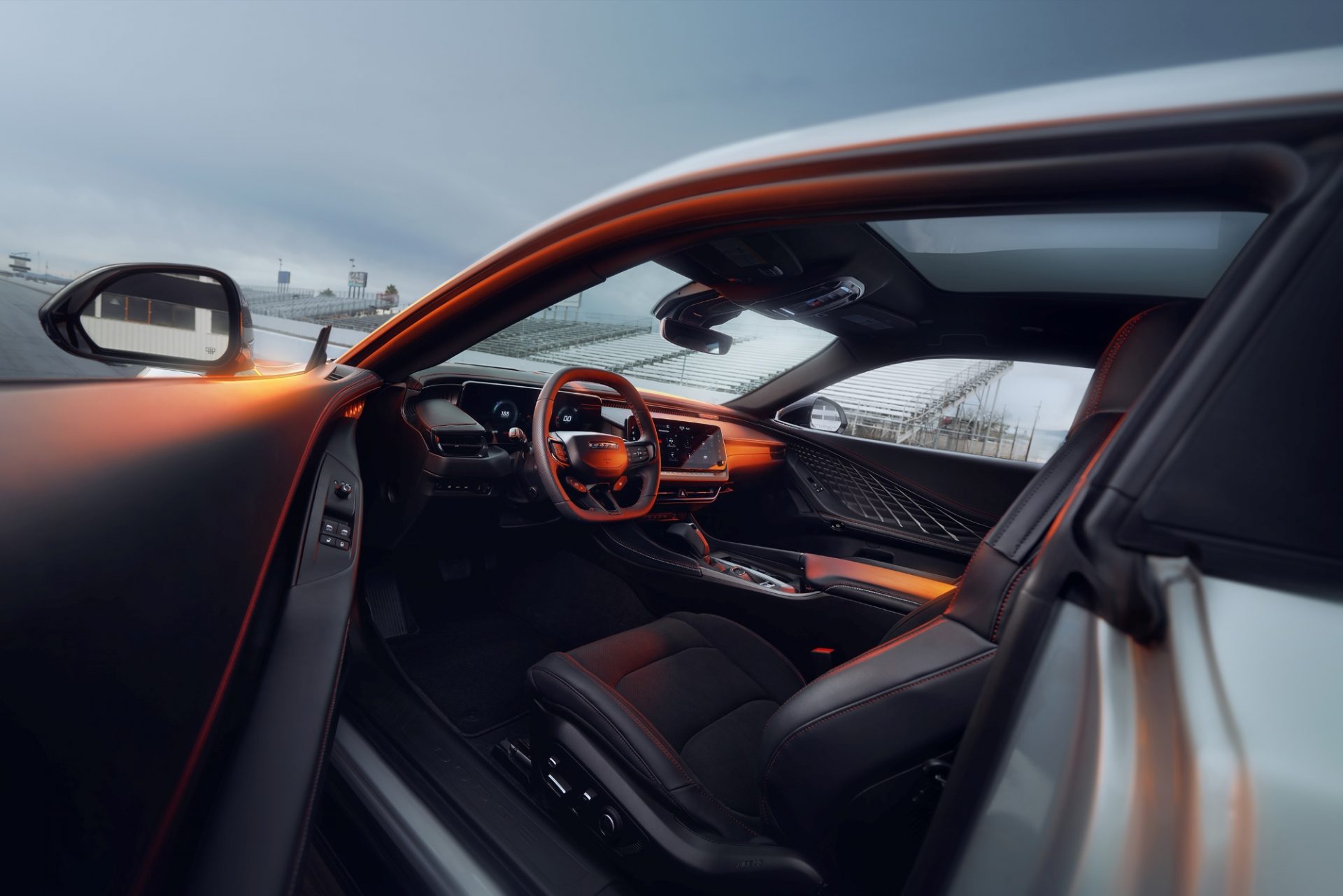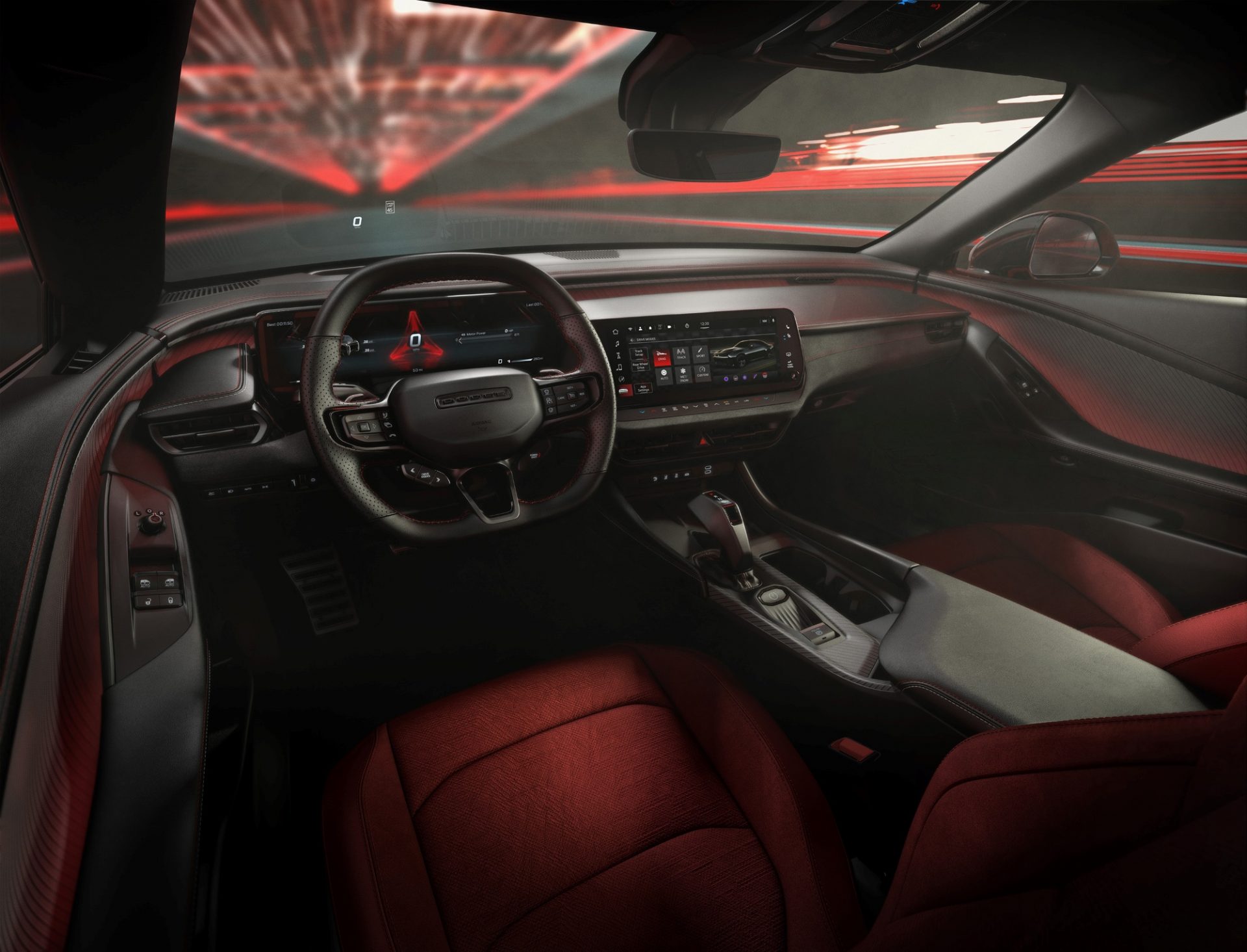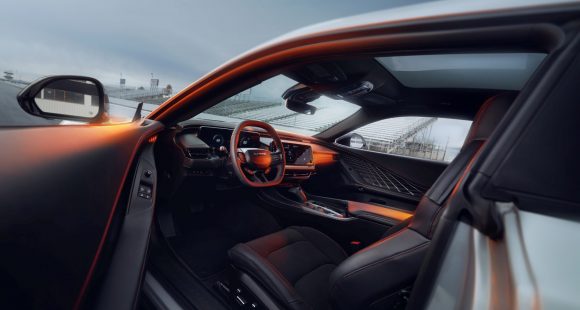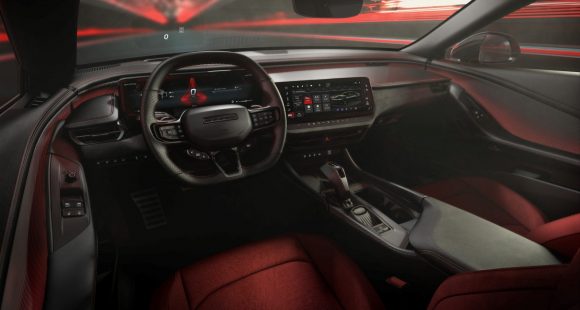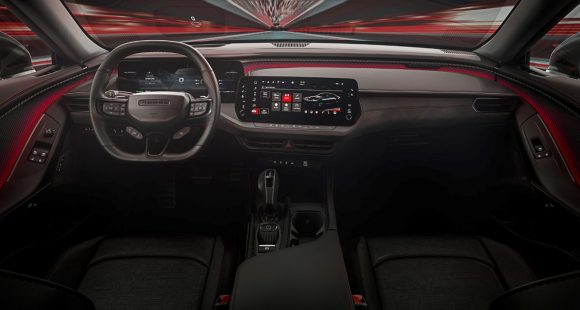Dodge Charger Returns; EV and ICE, Two- and Four-Door Models
March 5, 2024Yeah, we all kind of knew the Charger wouldn’t stay buried when Dodge announced its demise in 2023. That being said, to have a new Charger arriving so soon– for the 2024 model year, in fact– now that’s a bit of a surprise.
While the news that the Charger would be recharged with an all-electric powertrain was fairly well documented, it turns out the rumors of an internal-combustion option were indeed true, with these gas burners to arrive for the 2025 model year. Equally exciting for some is the reemergence of a two-door Charger, which is how the 2024 model will premiere, followed by four-door variants in 2025.
Dodge claims the new Charger will “retain its title as the world’s quickest and most powerful muscle car.” Believe it or not, that honor will go to a Scat Pack– not a Demon, Redeye, Hellcat or whatever exorcist-demanding name they could conjure up before. The all-electric Charger Daytona Scat Pack will be the new top dog (for now, anyway), joined by another battery-powered model, the Daytona R/T.
Both of these Daytonas utilize the STLA Large platform, used as the foundation for various Stallantis battery-electric vehicles. Looking at the Scat Pack, a 100.5 kWh battery pack (93.9 kWh usable) sends power to two electric drive modules– one up front and one in back– to create the all-wheel drive layout. Putting down 335 horsepower and 300 lb-ft of torque each, total system output is rated at up to 670 horsepower and 627 lb-ft. Granted, that does include a 40 HP “PowerShot” boost function, activated by a steering wheel button, but even a “standard” 630 horsepower is anything but. The R/T uses the same battery and EDMs, now rated at up to 496 horsepower and 404 lb-ft of torque. Range is a bit better here at 317 miles compared to the Scat’s 260 miles; and both estimate a 20-to-80 percent charge at approximately 27 minutes with an appropriate DC fast charger.
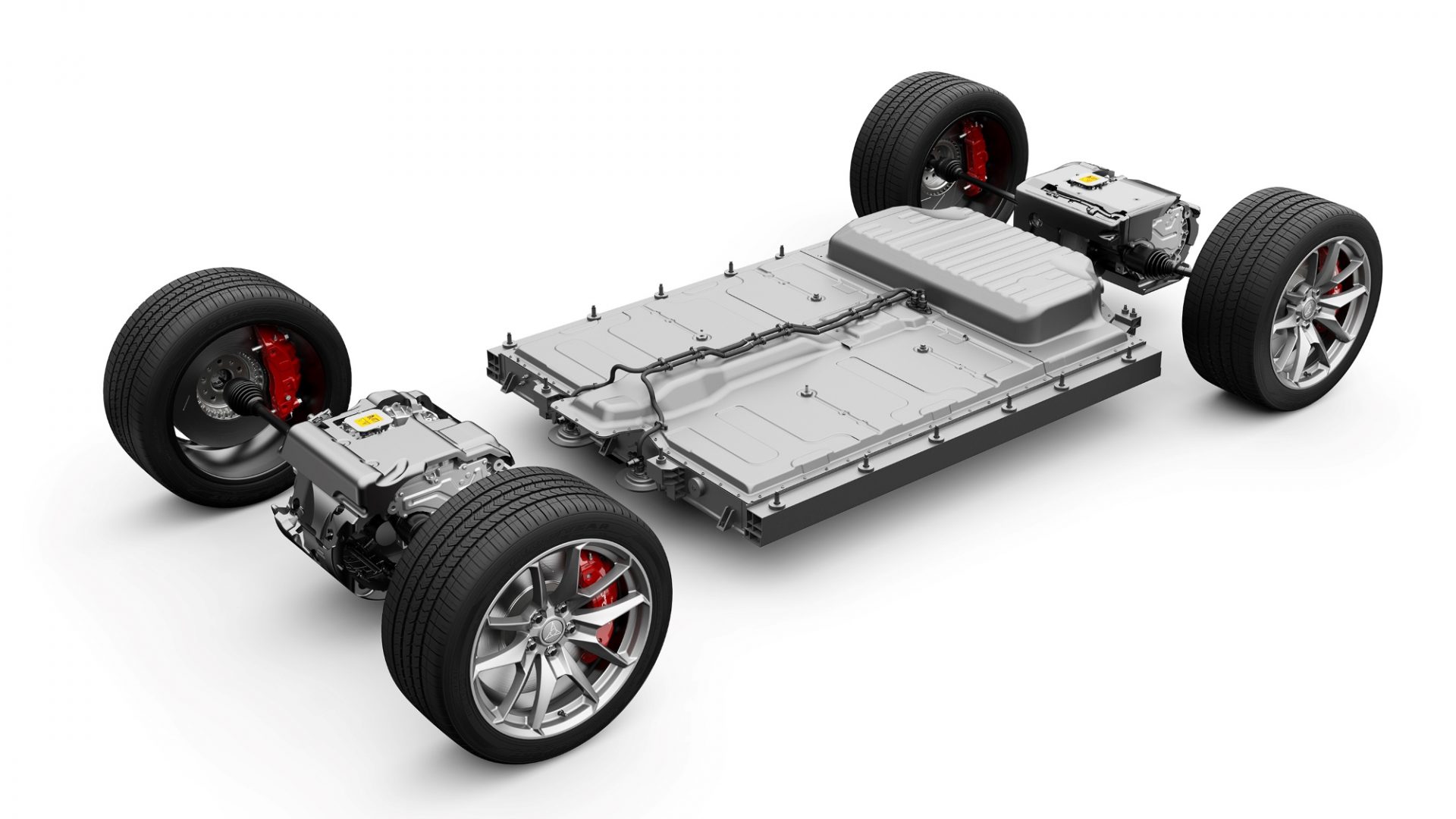
But what about those ICE options? Well, the “bad news” is that the HEMI is no more, now replaced by the twin-turbocharged, 3.0-liter Hurricane inline-six. We put that in quotations because, while we’ll always miss the roar of a new Dodge HEMI rolling into our lot, we’ve tested the Hurricane in a few products already and, to be blunt, it’s phenomenal. In the Charger, we can expect a Standard Output “SIXPACK S.O.” and a High Output “SIXPACK H.O.,” making 420 horsepower and 550 horsepower respectively. These internal-combustion choices will arrive in the first quarter of 2025 along with the four-door Charger variants.
There’s not much to really say about that: You can get a Charger with two doors, like the original, or you can get one with four doors, like the 21st century renditions. Both will be able to seat four individuals, though, so it’ll really boil down to ease of access, legroom and which style you prefer; style, by the way, that is impressively close to the design of the Daytona SRT Concept debuted 18 months prior.
No matter which way you go, the inspiration taken from Chargers of old is immediately apparent, but sticking with two doors will invoke the greatest sense of nostalgia. The front end is, by today’s standards, squared off, with the electric Daytonas featuring an “R-Wing” element, serving as a front air pass-through, increasing downforce while simultaneously giving the leading edge a unique design. As expected, LED lighting elements can be found on either end, joined by light-up Fratzog badging– a new logo representing Dodge’s next-gen vehicles. Fratzonic is the name of the Daytona “exhaust” system. It’s a chambered system that tries to give the all-electric Daytonas a unique sound supposedly at Hellcat levels of decibels.
Wheels and tires will vary between trims, with the option on the Daytona Scat Pack to mount Goodyear Eagle F1 Supercar 3 rubber. Setup as 305s upfront and 325s in the rear, mounted on staggered 20-inch wheels, this is the biggest tire package used by Dodge ever.
Behind those wheels is a multi-link front suspension and an independent rear setup, sporting a unique-to-Charger four-link geometry for high-speed cornering, and the Daytona Scat Pack can be optioned with adaptive suspension. This semi-active system uses dual valves, one for compression and one for rebound, to improve handling and smoothness when the occasions arise. As expected with a modern machine, vehicle dynamics can be tuned via various drive modes. Most of these are fairly standard; but, it’s the track setting which gets the most attention, starting with a Donut Mode that spins the rear wheels and causes the vehicle to rotate around either of the front wheels. A Drift Mode, with three levels of slip angle, sets power to a rear-axle bias, along with stiffening the rear dampers and softening the front.
There are a few more assists for the performance-inclined. Line Lock lets drivers rip some sweet burnouts (for warming up the tires and nothing nefarious, we assure you), and Launch Control gets things moving with optimized straight-line launches. Race Prep can either increase or mitigate rising battery temperatures for the best performance. And once the race is over, you can review your run through the on-board Drive Experience Recorded (DxR) and see how well, or how poorly, you performed.
Speaking quickly on the interior, you can expect to find either a 10.25- or 16-inch digital gauge cluster, joined by a driver-centric 12.3-inch infotainment display running the Uconnect 5 operating system. Dodge claims the linework of the cockpit is again reminiscent of the ‘68 Charger, and it’s supported by a certain level of clean simplicity that doesn’t go full minimalist. Different seat options range from standard cloth and vinyl, to Nappa leather and high-backed seats with fixed headrests and pass throughs.
As you can imagine, there’s a whole lot more to the return of the Dodge Charger, but these are the cliffnotes you need for the next roundtable discussion you have with your car friends. Gas, electric, two-door and four-door; we can’t wait to get behind the wheel of all 2024 and 2025 Chargers.




